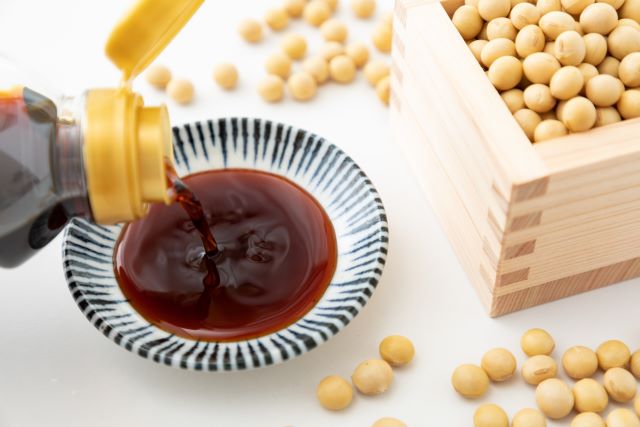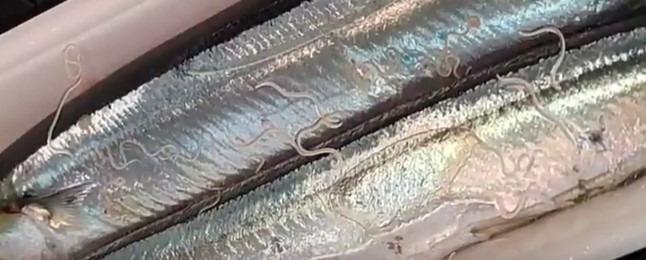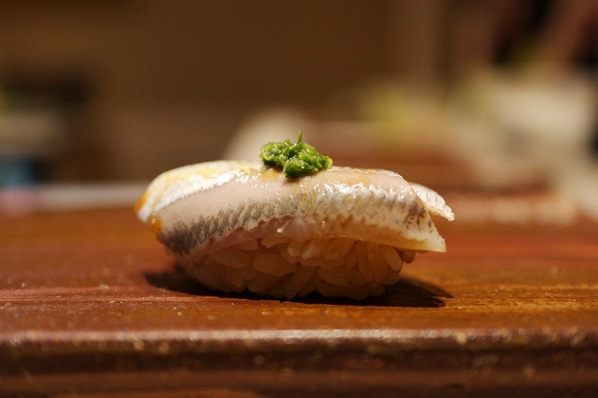
If you are wondering what this term means, you must have had quite a few sushi and Japanese cuisine experiences. Only a few sushi chefs use the word. This may be since the sushi chef who first invented the condiment did not give it a name. Still, it is a very stylish word, so we will explain it in detail.
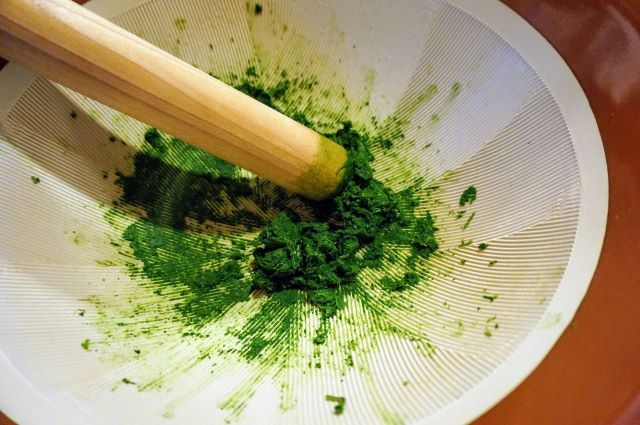
Suribachi (grinding bowl or mortar) is a tool used to crush food. It is widely known to the Japanese public as suribachi. In Japanese culinary circles, the first half of the word suri is avoided and replaced with the word atari. The Japanese word “Suri” means to steal something from someone else’s pocket or wallet quickly in a crowd. It also refers to the person who steals it. In other words, the chefs use the word Ataribachi (当たり鉢) instead of Suribachi (擂鉢).
As a side note, food processors have recently replaced the Ataribachi, but the smoothness of dough prepared in an Ataribachi (grinding bowl) produces a delicious taste that cannot be discarded and has a mouth feel that can never be achieved with a food processor. It is an indispensable cooking utensil for chefs.
Back to Atalinegi. First of all, negi means spring onion, which you know. And atari, as mentioned above, means to grind food in a grinding bowl. In other words, the original meaning refers to a condiment made from ground green onions.
However, in sushi restaurants, the green paste-like condiment found on Horse mackerel (Aji) or Bonito (Katsuo) is sometimes called Atarinegi. It is a condiment that brings out the flavor of Horse mackerel and Bonito even more.
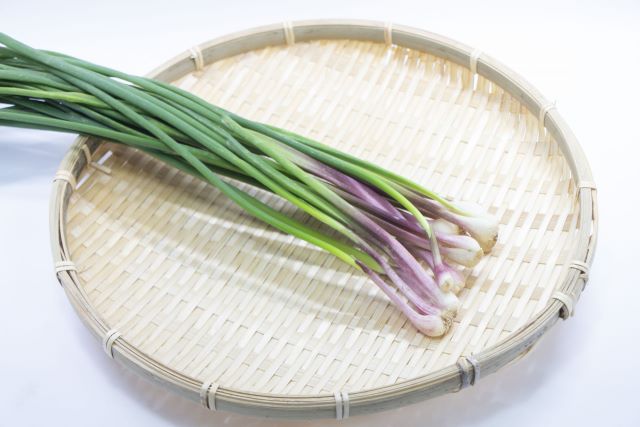
Atarinegi is made by grinding Asatsuki (Japanese chives) in a grinding bowl until it becomes sticky, then adding squeezed ginger juice. Asatsuki is the most pungent of all edible green onions, and its leaves are bright green and fragrant. Its taste, strange as it may seem, becomes very close to garlic. In Kochi, garlic chips are added to Bonito, so perhaps there is magic in the combination of fish and garlic.
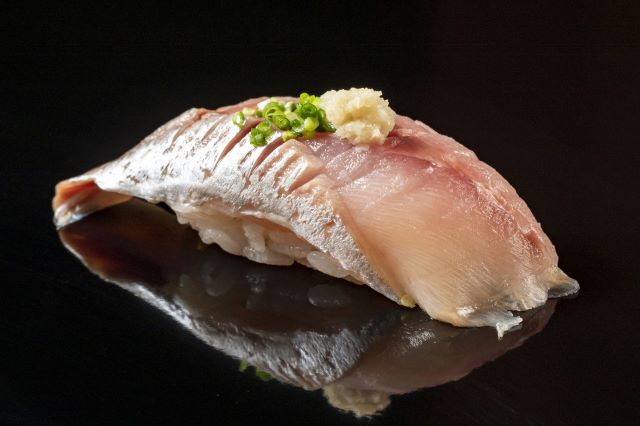
And some sushi chefs have appropriated the name Atarinegi for this condiment. It is so-called Jargon, so that is not the Jargon that all sushi chefs use. This is more common because spring onions and ginger have been placed on top of Nigiri such as Horse mackerel and Sardine for a long time. It counteracts the distinctive fatty smell and enhances only the flavor of the fat, but it requires a lot of spring onions and ruins the appearance of the Nigiri sushi. Therefore, the change to Atarinegi may have been made in order to reduce the amount of spring onions. Shuzou Okada (岡田周三) is said to have invented Atarinegi.
